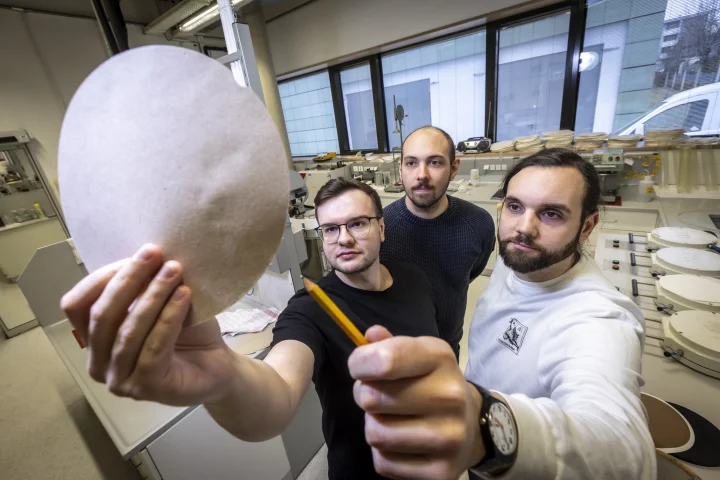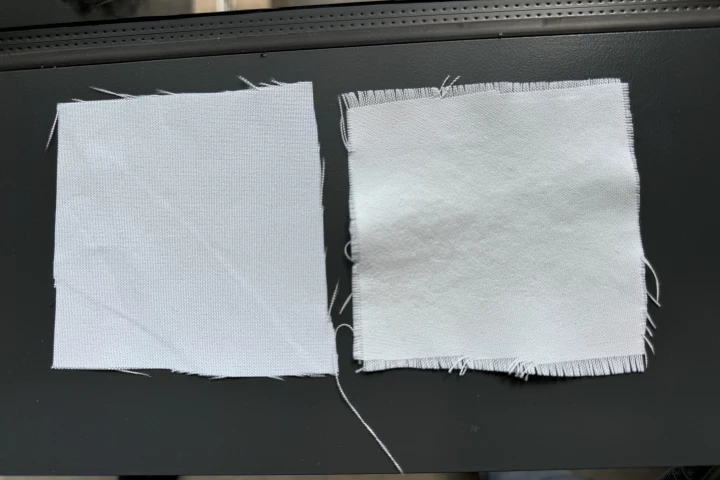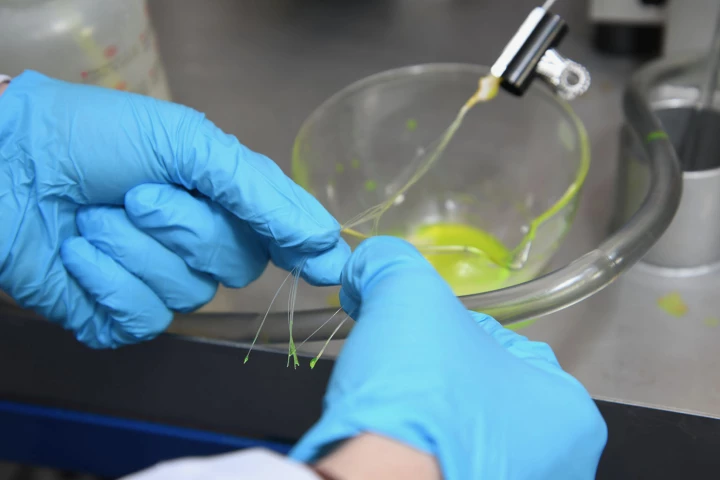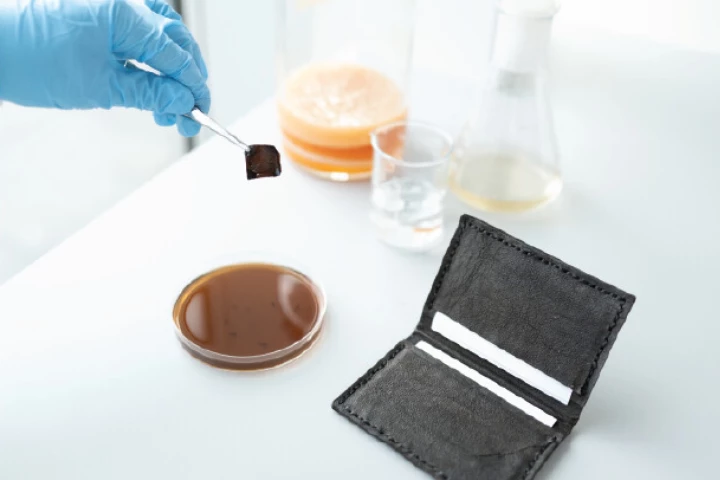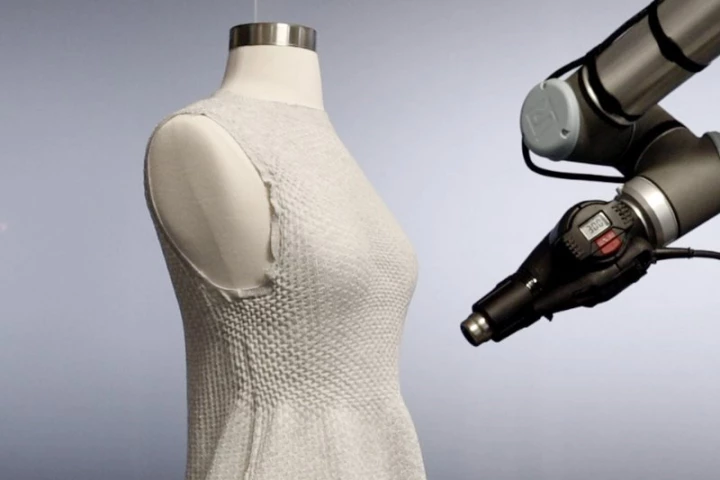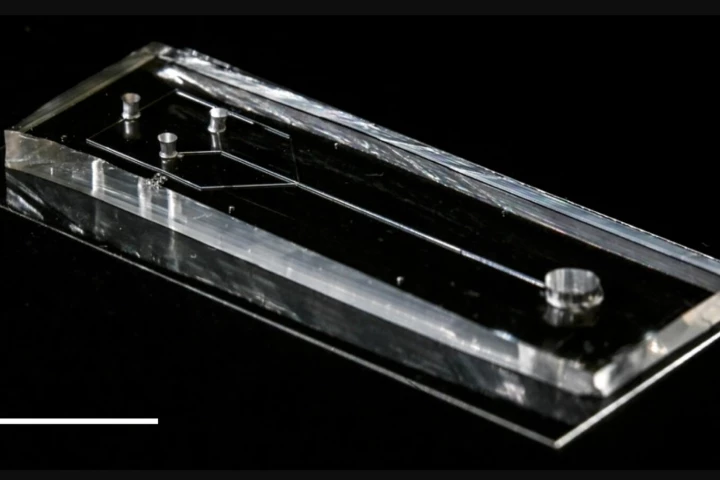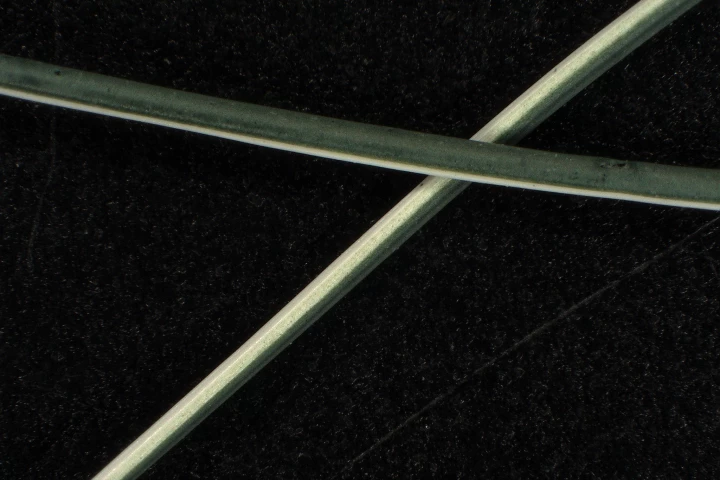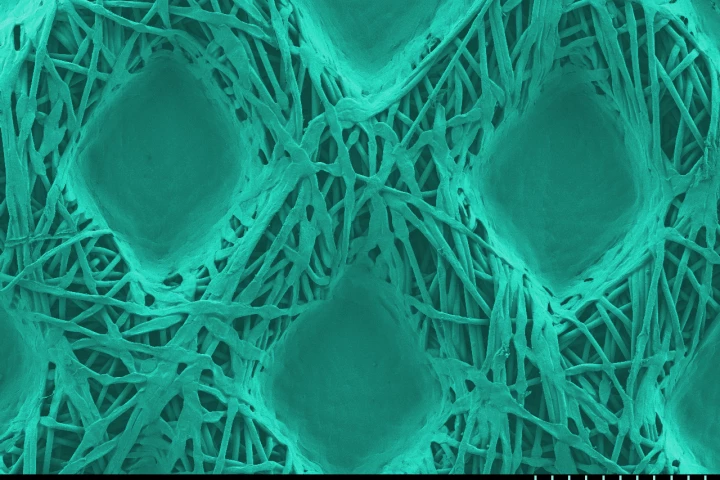Textile
-
While it's great that many types of paper can now be recycled, textile waste is still mostly dumped or burned. A new technique could change that by combining the two materials, using discarded cotton clothing to boost the strength of packaging paper.
-
When it comes to keeping cool on hot days, it's not so much a matter of wearing less clothing as it is a matter of wearing the right clothing. A new fabric coating could help in that regard, and it's essentially made of chalk.
-
Swiss scientists have developed textile fibers that can be loaded up with just about any drug, then used to dispense that medication right where it's needed in the body. The fibers could be utilized in sutures or bandages, or implanted on their own.
-
Bridging fashion and functionality, SpaceX has revealed what its astronauts will be wearing on the first-ever private spacewalk in 2024. In a new video, the company details the features of the suit that will be space-tested on the Polaris Dawn mission.
-
Bacteria-produced leather is already an eco-friendly alternative to its cow-derived counterpart, but it could soon be even eco-friendlier. Scientists have gotten the microbes to color the stuff themselves, eliminating the need for toxic dyes.
-
Custom-fit clothing is usually quite expensive, but perhaps it doesn't have to be. MIT's 4D Knit Dress is an example of a new type of clothing that a robot could selectively shrink to fit the wearer, perhaps right in the store.
-
While there are already clothing materials that help keep wearers cool simply by allowing heat to escape, an experimental new fabric coating goes a step further. Utilizing a whole bunch of nanodiamonds, it actually draws heat away from the body.
-
Scientists believe lightweight, ultra-strong and flexible spider silk is now one step closer to commercial use thanks to a deceptively complex 'box' that can spin nature's wonder fiber in a "spontaneous, extremely rapid, and highly reproducible" way.
-
Electrically conductive "smart fabrics" have many potential applications, but their specialized fibers typically aren't as soft and flexible as those made of regular materials. An experimental new fiber, however, is both flexible and conductive.
-
Hospitals are meant to heal people, but patients often pick up superbugs during their stay. Scientists have now developed long-lasting antimicrobial coatings for textiles that could allow hospital curtains to quickly kill viruses and bacteria.
-
So-called "bonded leather" is really just leather fibers mixed with eco-unfriendly polyurethane or PVC. reProLeather, on the other hand, converts leather waste into what is claimed to be a recyclable, biodegradable, new-leather-like material.
-
Is your scarf really made from cashmere? Is that necktie truly silk? Such questions may soon have an easy answer via a pass with your cell phone's camera thanks to a tiny near-infrared spectroscopy system developed by researchers in Germany.
Load More
